Tuesday,
Dec 30
Zermatt
1°
Wednesday,
Dec 31
Zermatt
-11°
Thursday,
Jan 1
Zermatt
-10°
Friday,
Jan 2
Zermatt
-11°
Saturday,
Jan 3
Zermatt
-5°
Sunday,
Jan 4
Zermatt
-5°
MORE IMPORTANT INFORMATION ABOUT YOUR TRAVEL TO Zermatt
The Train station is located at the center of Zermatt
Zermatt is a municipality in the district of Visp in the German-speaking section of the canton of Valais in Switzerland. It has a population of about 5,800 inhabitants and is classified as a town by the Swiss Federal Statistical Office (FSO). It lies at the upper end of Mattertal at an elevation of 1,620 m (5,310 ft), at the foot of Switzerland's highest peaks. It lies about 10 km (6.2 mi) from the over 3,292 m (10,801 ft) high Theodul Pass bordering Italy. Zermatt is famed as a mountaineering and ski resort of the Swiss Alps. Until the mid-19th century, it was predominantly an agricultural community; the first and tragic ascent of the Matterhorn in 1865 was followed by a rush on the mountains surrounding the village, leading to the construction of many tourist facilities. The year-round population (as of December 2018) is 5,758, though there may be several times as many tourists in Zermatt at any one time.
Source:
WikipediaADDITIONAL INFORMATION ABOUT Interlaken
The Train station is located at the center of Interlaken
Interlaken is a Swiss town and municipality in the Interlaken-Oberhasli administrative district in the canton of Bern. It is an important and well-known tourist destination in the Bernese Highlands region of the Swiss Alps, and the main transport gateway to the mountains and lakes of that region. The town is located on the flat alluvial land called Bödeli between two lakes, Brienz to the east and Thun to the west, and alongside the river Aare, which flows between them. Transport routes to the east and west alongside the lakes are complemented by a route southwards into the near mountain resorts and high mountains, e.g. the famous high Alpine peaks of Eiger, Mönch, and Jungfrau, following upwards the Lütschine. Interlaken is the central town of a Small Agglomeration with the same name of 23,300 inhabitants.The official language of Interlaken is (the Swiss variety of Standard) German, but the main spoken language is the local variant of the Alemannic Swiss German dialect.
Source:
WikipediaImages of the trains for your trip
Where Can You Travel With Us?
TAKE A LOOK AT OUR MAP
France
Italy
Netherlands
Luxembourg
Austria
Germany
Belgium
Switzerland
Denmark
Sweden
Norway
Hungary
Czech
Ukraine
China
Active
France, Italy, Netherlands, Luxembourg, Austria, Germany, Belgium, Switzerland, Denmark, Sweden, Norway, Hungary, Czech, Ukraine, China
Upcoming
USA, Canada, Spain, Poland, Japan
Other Train Trips From Interlaken

Interlaken East to Solothurn

Interlaken East to Balerna

Interlaken East to Filisur
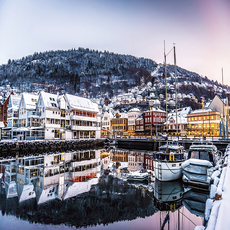
Interlaken East to Langnau Im Emmental

Interlaken East to Saint Margrethen

Interlaken East to Delemont
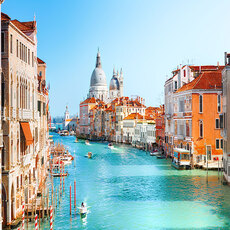
Interlaken East to Martigny

Interlaken East to Buelach

Interlaken East to Linthal

Interlaken East to Taverne Torricella
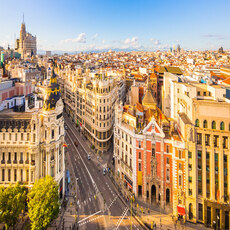
Interlaken East to Etzwilen
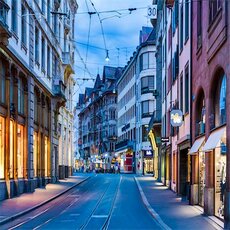
Interlaken East to Horgen
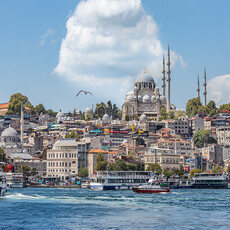
Interlaken East to Les Marecottes

Interlaken East to Appenzell

Interlaken East to Rotkreuz

Interlaken East to Amriswil

Interlaken East to Pratteln
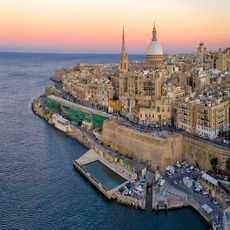
Interlaken East to Saanen

Interlaken East to Sentier Orient

Interlaken East to Leukerbad

Interlaken East to Kandersteg

Interlaken East to Sagliains

Interlaken East to Tavanasa Breil Brigels

Interlaken East to Brunig Hasliberg
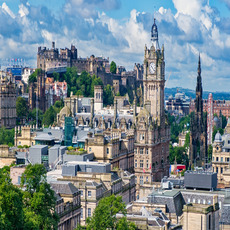
Interlaken East to Bulle
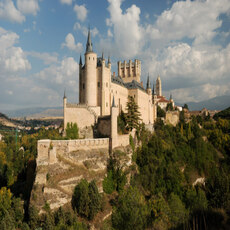
Interlaken East to Saas Fee Busterminal

Interlaken East to Zernez

Interlaken East to Brig

Interlaken East to Embrach Rorbas
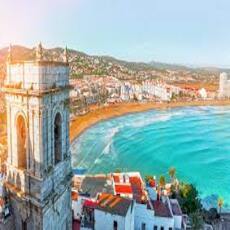
Interlaken East to Meiringen
WHY YOU SHOULD TRAVEL BY TRAIN?
To travel from Interlaken To Zermatt, trains would be the best travel choice, for several reasons:
1
Eco-Friendly
Trains are the most environmentally-friendly way of transport to the EU Environment Agency. They are powered by electricity, which is renewable and has a low environmental impact.
2
Speed
Travelling by train is in most cases the fastest way to go from Rome to Milan. Trains usually travel at high speeds, making them the fastest way to get from one place to another.
3
Safety
Travelling by train is one of the safest forms of transport. Trains are heavily regulated and monitored, making them safer than other forms of transport.
4
Price
Travelling by train is often cheaper than other forms of transport, such as flying or taking a bus. Trains are often subsidized by the government, making them cheaper than other forms of transport.
5
Luggage
Travelling by train is a great way to transport luggage. Trains usually have plenty of space for luggage and they are usually safe and secure.
6
Luggage
Travelling by train is often faster than other forms of transport, such as driving or taking a bus. Trains usually travel at high speeds, making them the fastest way to get from one place to another.
7
Comfortability
Travelling by train is usually very comfortable. Trains usually have comfortable seating and plenty of legroom, making them a great way to travel.
8
Comfortability
Travelling by train is a great way to get some sleep. Trains usually have comfortable seats and plenty of legroom, making them a great way to get some rest while travelling.
9
WIFI
This is not necessarily the most important when you travel since we prefer to tell you to enjoy your travel without your phones, but on trains, you can find WIFI onboard, so you remain connected to the internet if you choose to.
THESE ARE THE TRAIN OPERATORS WE WORK WITH



















